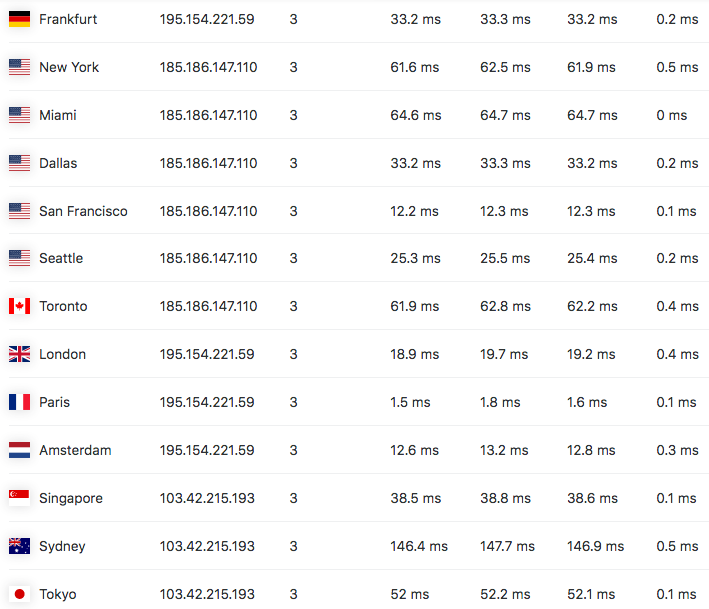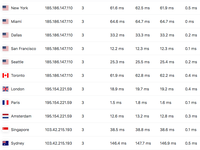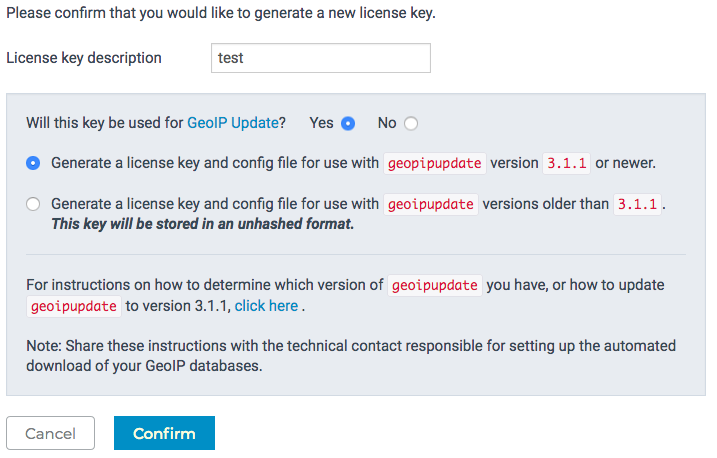This post is automatically translated with LLM. The translation content has NOT been reviewed and may contain errors.
Previously, if you wanted to build your own authoritative DNS system for a website, the (almost) only option was PowerDNS with its GeoIP backend. However, the GeoIP backend uses YAML configuration files and cannot work with databases like MySQL. This meant having to manually set up a cross-server file synchronization system instead of using more mature database synchronization technologies.
Fortunately, PowerDNS added support for Lua records in its latest 4.2 version. Lua is a programming language specifically designed for "embedding functionality into other programs," which you may have encountered in nginx (as a plugin). Lua record support enables PowerDNS to return different responses based on user query requests, thus implementing GeoDNS functionality for regional resolution.
Updating PowerDNS
The latest PowerDNS 4.2 version isn't included in the Debian 10 software repository. You'll need to download it from the Debian Unstable repository. However, since PowerDNS depends on numerous new library files—including essential system libraries—installing via commands like apt-get install -t unstable pdns-server would upgrade some core system files to Unstable versions.
In this situation, Docker is the best solution. Since we only need to download PowerDNS from the Debian repository without compiling it ourselves, we can create the image with just a few lines:
FROM amd64/debian:sid
RUN apt-get -qq update \
&& DEBIAN_FRONTEND=noninteractive apt-get -qq install -y tini pdns-server pdns-tools pdns-backend-\* \
&& apt-get clean
ENTRYPOINT ["/usr/bin/tini", "-g", "--", "/usr/sbin/pdns_server"]The final Dockerfile I used (partial) can be found on my GitHub. Note that this Dockerfile includes Bird BGP and requires GPP processing to generate the complete version (details can be found in this article).
Configuring the GeoIP Database
PowerDNS uses the MaxMind GeoIP database for IP geographical information. Although MaxMind provides a free, lower-precision IP geolocation database (GeoLite) for personal use, starting December 30, 2019, MaxMind began requiring GeoLite users to register an account and obtain a license key to download the database. The steps are as follows:
- Go to the GeoLite 2 Databases page, click the yellow button at the bottom to register. This process requires email verification and cannot be done through a proxy (since that's what they specialize in).
- In the account details page, click
My License Keyon the left to manage license keys. - Click
Generate License Keyto create a new key. - Fill in a key description and select the key version as shown in the image, then confirm with the blue button:
- After submission, note two important pieces of information to fill in the configuration file later:
Account/User IDLicense Key
Next, you can use MaxMind's official geoipupdate tool to automatically update the database. First, install it on Debian:
apt-get install geoipupdateThen create the folder /etc/geoip and modify /etc/GeoIP.conf (note capitalization) with the following content:
AccountID [Account ID]
LicenseKey [License Key]
EditionIDs GeoLite2-ASN GeoLite2-City GeoLite2-Country
DatabaseDirectory /etc/geoipRun geoipupdate to update the database automatically, with files stored in /etc/geoip. Set up automatic updates via Cron:
crontab -e
# Add this line:
0 0 * * 0 /usr/bin/geoipupdateConfiguring and Starting PowerDNS
To enable GeoIP functionality, modify PowerDNS's configuration file. Open pdns.conf and make the following changes based on your existing working PowerDNS configuration:
# Enable Lua records
enable-lua-records=yes
# Add geoip after your current database backend
launch=gmysql,geoip
# Specify the database file path, using the highest-precision city-level database
geoip-database-files=/etc/geoip/GeoLite2-City.mmdbThen start PowerDNS. If your host system is Debian Unstable, simply run:
systemctl start pdnsFor Docker users, here's a reference for docker-compose.yml:
powerdns:
image: [Your custom Docker image]
container_name: powerdns
restart: always
volumes:
- './conf/powerdns/pdns.conf:/etc/powerdns/pdns.conf:ro'
- '/etc/geoip:/etc/geoip:ro'
ports:
- '53:53'
- '53:53/udp'
depends_on:
- mysqlAdding Lua Resolution Records
In modern DNS resolution systems, DNS servers typically inform upstream servers of the user's IP step by step (known as EDNS), allowing servers to assign the nearest server address based on the user's IP.
In PowerDNS Lua, the user's IP address is available as the variable bestwho. However, if the user's DNS server doesn't inform upstream servers of the user's address, bestwho will point to the DNS server's address.
First, let's demonstrate how to use bestwho. Create a record of type LUA with the following content:
A ";if(bestwho:isIPv4()) then return bestwho:toString() else return '0.0.0.0' end"The initial A indicates the record type to return. The following string is a small Lua program: if the source IP is IPv4, it returns the user's IP; otherwise, it returns 0.0.0.0 to indicate failure.
Similarly, we can create an IPv6 version. Create another record with the same name and type LUA:
AAAA ";if(bestwho:isIPv6()) then return bestwho:toString() else return '::' end"Or use a TXT record to return connection information with port numbers:
TXT "bestwho:toStringWithPort()"Or use a LOC record to return the geographical location inferred by GeoIP:
LOC "latlonloc()"All these features can be seen at whoami.lantian.pub:
$ dig +short @1.1.1.1 whoami.lantian.pub
108.162.214.17
$ dig +short @1.1.1.1 AAAA whoami.lantian.pub
2400:cb00:12:1024::6ca2:d619
$ dig +short @1.1.1.1 TXT whoami.lantian.pub
"[2400:cb00:12:1024::6ca2:d626]:16668"
$ dig +short @1.1.1.1 LOC whoami.lantian.pub
34 3 15.840 N 118 14 38.400 W 0.00m 1m 10000m 10m(Note: Cloudflare's 1.1.1.1 server intentionally disables EDNS, so it displays Cloudflare's server address here)
Configuring GeoDNS
Now that we understand how PowerDNS Lua works, we can configure regional resolution records. PowerDNS provides a convenient function pickclosest that automatically selects the nearest server from an IP list for the user. For example, the current A record for lantian.pub is:
A "pickclosest({'103.42.215.193','185.186.147.110','107.172.134.89','195.154.221.59'})"pickclosest also works for AAAA records:
AAAA "pickclosest({'2001:470:19:10bb::1','2001:470:d:46e::1','2001:470:1f07:54d::1','2001:470:1f13:28::1'})"(The above servers are located in: Hong Kong, Los Angeles, New York, and France respectively)
This way, users from different regions get different resolution results:
# Mainland China
$ dig +short lantian.pub
103.42.215.193
# Los Angeles, USA
$ dig +short lantian.pub
185.186.147.110
# France
$ dig +short lantian.pub
195.154.221.59Global ping latency also improves significantly. Achieving sub-100ms latency worldwide with a single server would be impossible:

Country-Based Resolution
Instead of selecting the nearest server based on geographical location, a better approach is country-based resolution—for example, the common setup of direct connections within China and using Cloudflare abroad. PowerDNS provides a useful function for this: country:
TXT ";if(country('CN')) then return 'YES' else return 'NO' end"Test from inside and outside China:
# Mainland China
$ dig +short @103.42.215.193 TXT is-china.lantian.pub
"YES"
# Los Angeles, USA
$ dig +short @103.42.215.193 TXT is-china.lantian.pub
"NO"Slightly modifying this code allows distributing traffic between China and overseas to different servers for A, AAAA, CNAME, etc.:
CNAME ";if(country('CN')) then return 'cdn-china.lantian.pub' else return 'cdn-overseas.lantian.pub' end"References
Find more functions in PowerDNS's official documentation:
Lua Records - PowerDNS Authoritative Server Documentation

